The point I found most striking, though, centers around capital, the importance of reconsidering its forms, and how those forms can play out in individual localities.
From the article:
Concerns about capital revolve around the creation of wealth. A person with wealth can purchase capital so they can then use to make more money, giving them more power and presumably more influence.
Ethan Roland proposes a new way of thinking about capital. He outlines eight distinct forms of capital to consider when mapping out a nutrient economy. A key characteristic of forms of capital is that different groups of people can exercise influence over them in ways that are distinct and particular their local community.
These eight forms of capital are:
- Financial, i.e., money and currencies
- Social, i.e., relationships and personal networks
- Living, i.e., plants, water, organic matter
- Material, i.e., raw resources ,or structures and infrastructures
- Experiential, i.e., embodied “know-how” and personal experiences
- Intellectual, i.e., ideas and knowledge
- Spiritual, i.e., religious beliefs or karma
- Cultural, i.e., stories, songs, or art that can hold particular meaning for a certain community
Potentially obvious points here, but the simple fact here is that much well-intentioned work has not precipitated desired visions in the past because many of these forms of capital were undervalued, if not totally ignored. Each form gives a new angle on a problem, its causes, and its potential solutions. If we ignore even one, we do so at our own risk.


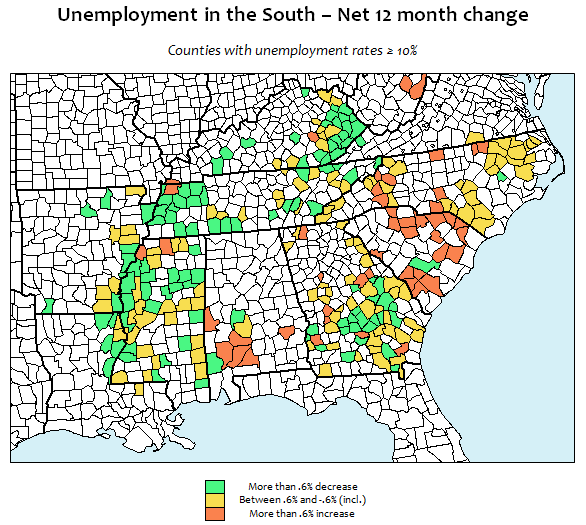
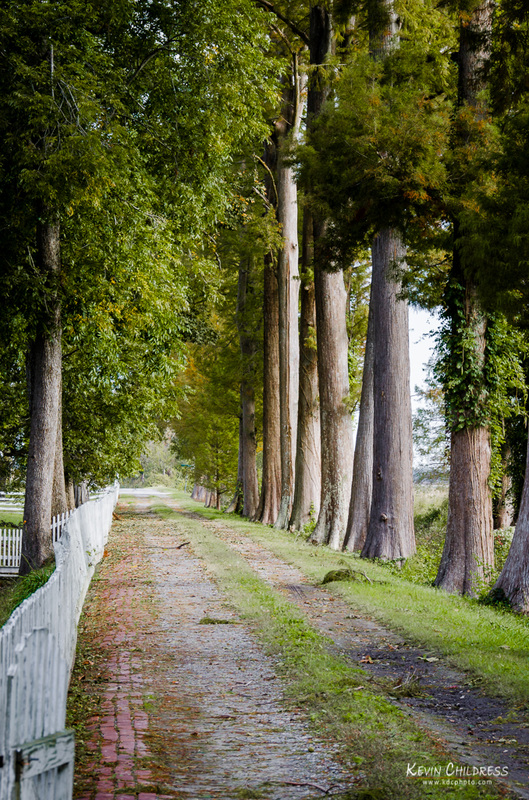

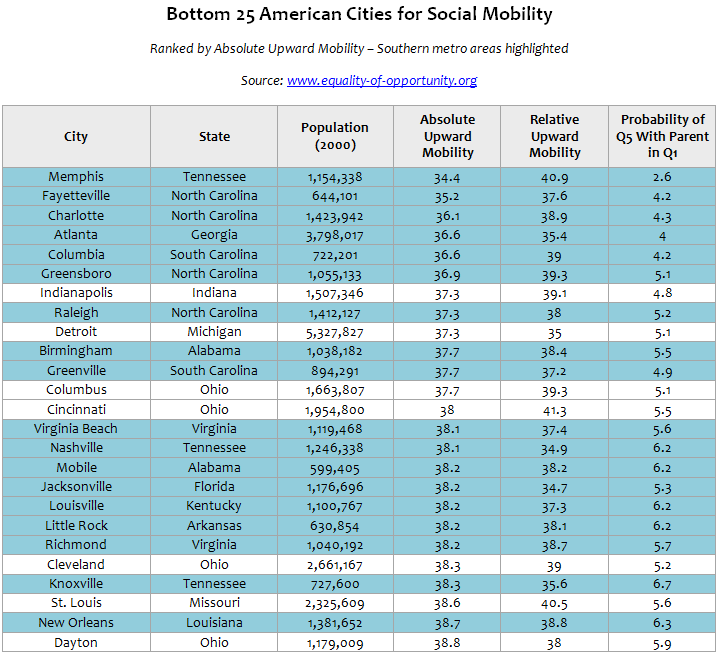
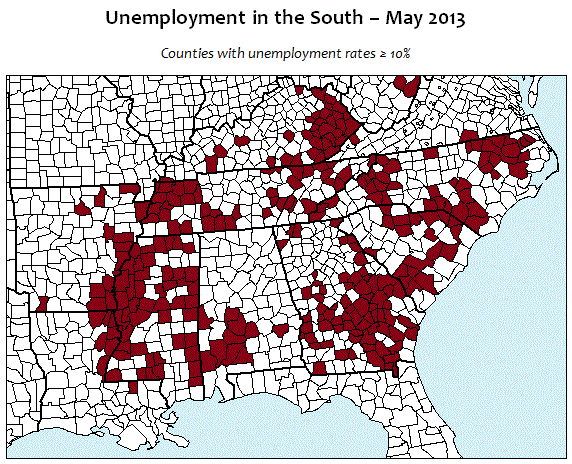

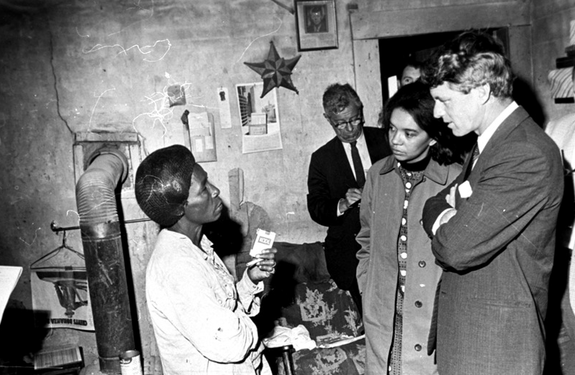
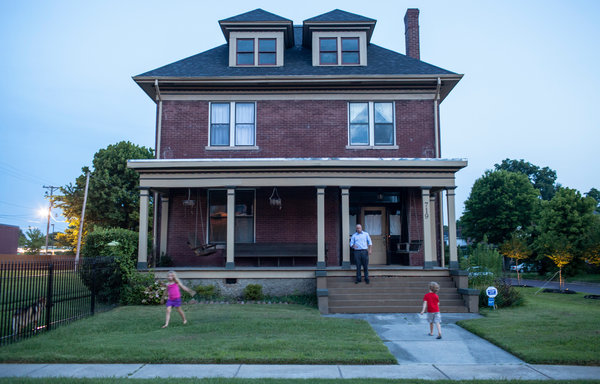
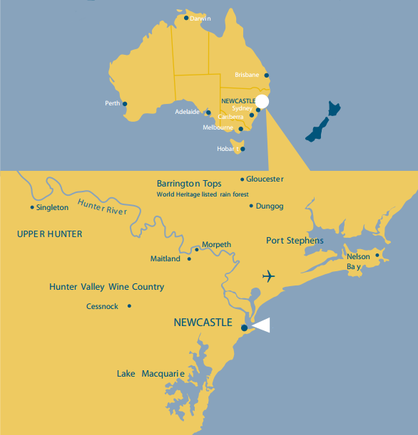
 RSS Feed
RSS Feed
